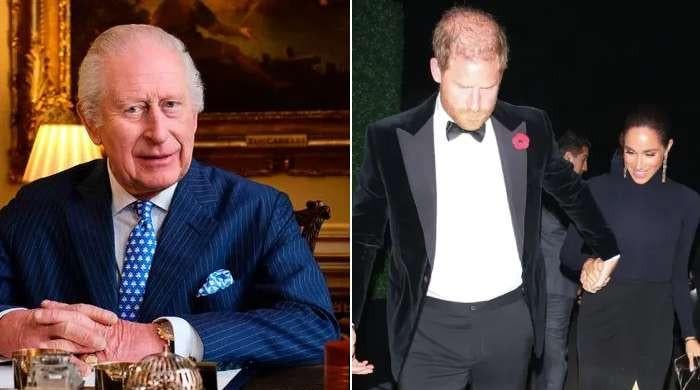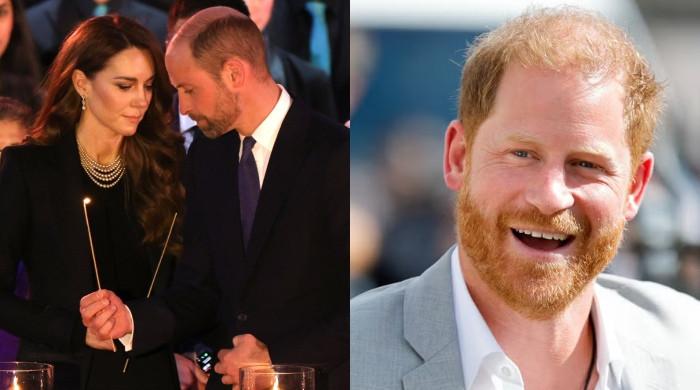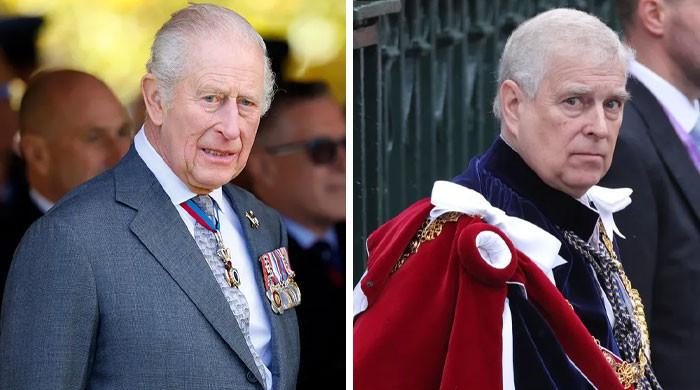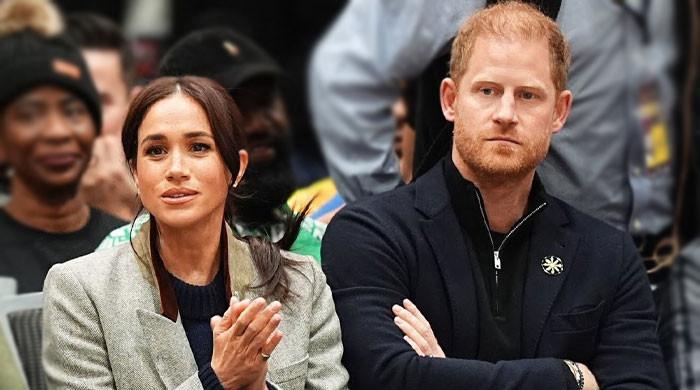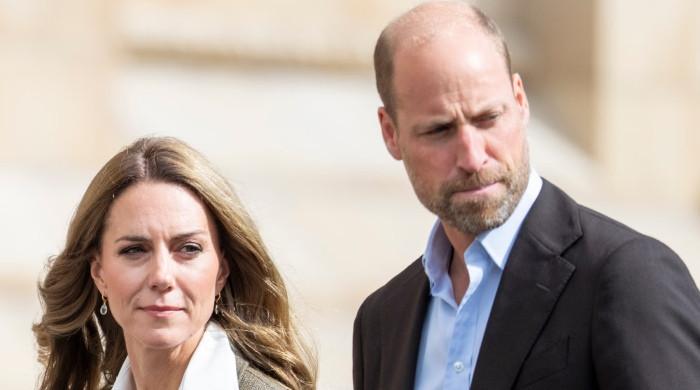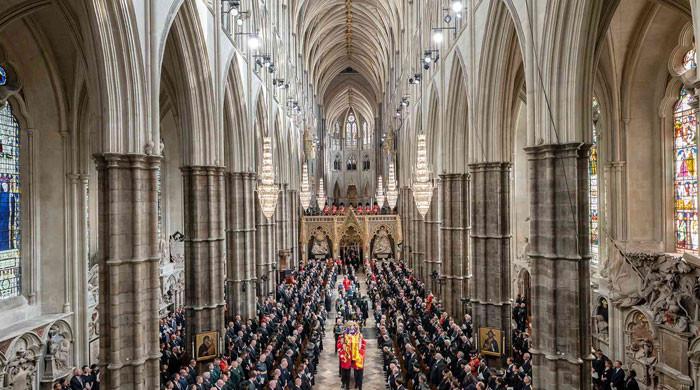Palace shares history of coronations at Westminster Abbey
Queen Elizabeth II wasn’t the only one who occupied the Coronation Chair on 2nd June 1953
May 03, 2023
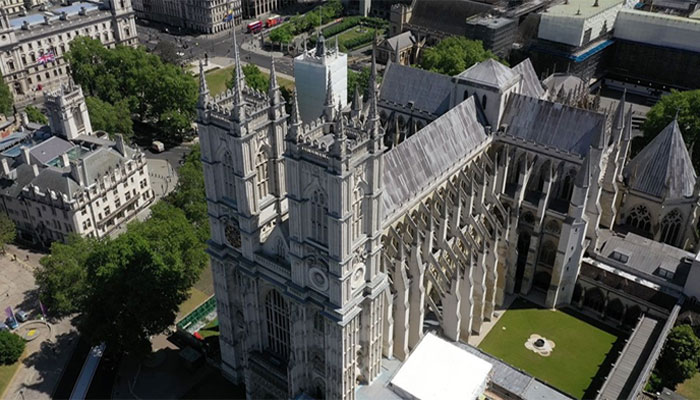
Buckingham Palace has shared some facts about the royal church Westminster Abbey and the coronations there.
King Charles III will become the 40th Sovereign to be crowned at Westminster Abbey, with the Queen Consort being crowned beside him on Saturday.
According to palace, Westminster Abbey has been the setting for every Coronation since 1066, with William the Conqueror being the first monarch to be crowned there.
The Coronation of Queen Elizabeth II was the first to be televised and for most people, it was the first time they had watched an event on television.
King Charles and Camilla’s Coronation will be the first to be live-streamed via social media.
History of Coronations at Westminster Abbey
Since 1601, there has only been one Coronation in the month of May – so far.
Westminster Abbey has been the setting for every Coronation since 1066. Before the Abbey was built, Coronations were carried out wherever was convenient, taking place in Bath, Oxford and Canterbury.
King Charles will be the fortieth Sovereign to be crowned at Westminster Abbey.
For the first time since 1937, the coronation of King Charles III will include the crowing of a Queen Consort. Queen Elizabeth, wife of King George VI, was the last Queen Consort to be crowned.
On Christmas Day 1066, William the Conqueror became the first monarch to be crowned at Westminster Abbey.
King Charles III succeeded to the throne on 8th September 2022 upon the death of his mother, Queen Elizabeth II, the longest-reigning British monarch.
At four years old, the then Prince Charles received a special hand-painted children’s invitation to his mother’s Coronation.
The Earl Marshal is responsible for organising the Coronation. Since 1386, this position has been undertaken by The Duke of Norfolk.
The 18th Duke of Norfolk is responsible for The King's Coronation this year and was also responsible for the State Funeral of Queen Elizabeth II.
Every coronation of a British monarch since King George III has taken place between May and September.
The earliest English coronation that is recorded in detail, although not the first, is the crowning of the Anglo-Saxon King Edgar in Bath in 953 CE.
The youngest ever monarch was Mary, Queen of Scots, who became Queen in 1542 when she was just six days old.
The contemporary form of the coronation dates from 1902, when King Edward VII was crowned. This consists of a state procession from Buckingham Palace to the Abbey, another procession inside, the Recognition, the Anointing, the Coronation Oath, the Homage and finally another procession from the Abbey back to the Palace.
For hundreds of years, the monarch stayed at the Tower of London two nights before the coronation. The day before the coronation, the monarch then processed through London to Westminster. This last happened in 1661 with Charles II.
Since 1902, the finale of coronation day itself has been a balcony appearance from the new monarch and other members of the Royal Family. This was inaugurated by Edward VII and Queen Alexandra.
The original 14th century order of service, Liber Regalis, was written in Latin and descends directly from that of King Edgar at Bath in 973 CE. The Liber Regalis has provided the basis for every Coronation since.
In 2023, Anglican churches will mark the coronation by ringing a special peal of bells in an event called ‘Ring for the King – Ringing for the King’s Coronation’.
The King will be crowned in St Edward's Chair, made in 1300 for Edward I and used at every Coronation since that time. It is permanently kept in Westminster Abbey.
The Coronation of Queen Elizabeth II was the first to be televised and for most people, it was the first time they had watched an event on television. 27 million people in the UK watched the ceremony on television and 11 million listened on the radio.
The first photograph of a coronation was taken during that of George V in the early 20th century by Sir Benjamin Stone, an MP and amateur photographer.
Attendance at the 1953 coronation of Queen Elizabeth II was the most substantial yet: more than 8,000 guests representing 129 nations.
King Edward VII’s coronation was scheduled for June 1902 but was postponed after the King fell ill, meaning invited foreign dignitaries had left London by the time the ceremony took place.
More than 6,000 men and women of the UK’s Armed Forces – and nearly 400 Armed Forces personnel from at least 35 Commonwealth countries - will take part in the Coronation of King Charles III and Queen Camilla.
Queen Elizabeth II wasn’t the only one who occupied the Coronation Chair on 2nd June 1953. On the morning of her Coronation, a black cat called Matins was found sleeping on the chair in Westminster Abbey.




